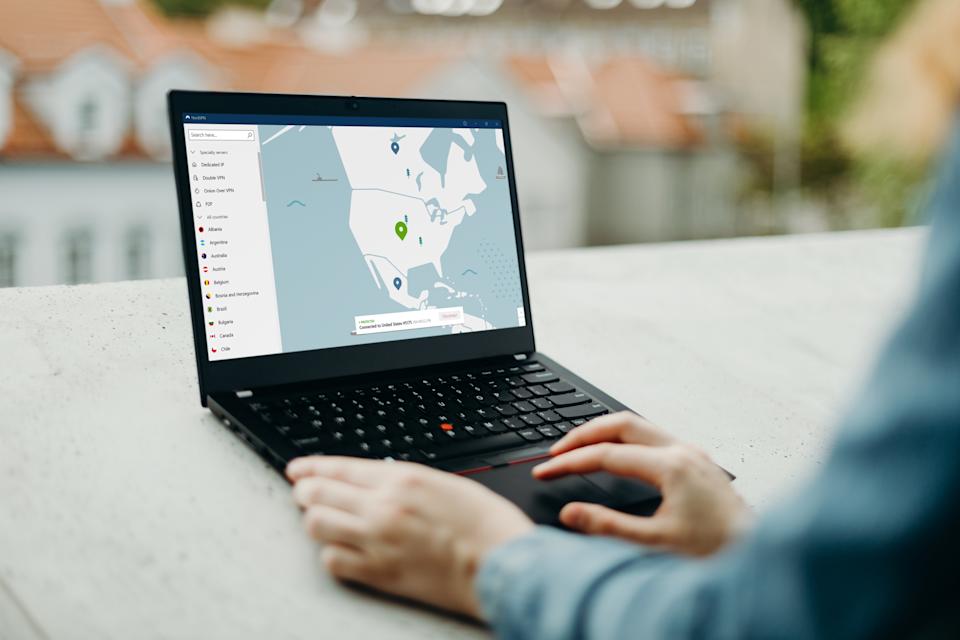Fintechs Enforce Biometric Lockout After Multiple Failed Logins

In a bid to bolster security and protect user accounts, financial technology firms across the globe are increasingly adopting biometric lockout measures following multiple unsuccessful login attempts. This move comes as part of a broader strategy to enhance cybersecurity protocols and safeguard sensitive financial data from unauthorized access.
The integration of biometric technology into financial services is not new, yet its application as a lockout mechanism is gaining traction amid rising concerns over account breaches and identity theft. This article delves into how fintech companies are implementing these measures, the technology behind biometric authentication, and the global context driving this trend.
The Rise of Biometric Authentication in Fintech
Biometric authentication involves using unique biological traits such as fingerprints, facial recognition, or voice patterns to verify an individual’s identity. This method provides a higher level of security compared to traditional password-based systems, which are vulnerable to hacking and phishing attacks.
According to a 2022 report by Juniper Research, the number of biometric-authenticated transactions is expected to surpass 1.4 billion by the end of 2024. Fintech companies are at the forefront of this shift, leveraging biometric data not only for user authentication but also as a deterrent against fraudulent activities.
Implementation of Biometric Lockout Measures
Biometric lockout is a security feature that temporarily restricts access to an account after a predefined number of failed login attempts. This approach is designed to prevent unauthorized users from gaining access through repetitive guessing or brute force attacks.
Key steps involved in implementing biometric lockout measures include:
- Threshold Setting: Establishing a specific number of allowable failed login attempts before initiating a lockout.
- Temporary Lockout Period: Imposing a lockout duration that can range from a few minutes to several hours, depending on the company’s security policy.
- Biometric Verification: Requiring successful biometric authentication to regain access once the lockout period expires.
Global Context and Regulatory Considerations
As the fintech sector expands globally, regulatory bodies are increasingly emphasizing the importance of robust cybersecurity measures. In the European Union, the Revised Payment Services Directive (PSD2) mandates strong customer authentication, which includes multifactor and biometric verification.
Similarly, countries like the United States and Singapore have introduced stringent guidelines to ensure financial institutions adopt comprehensive security frameworks. These regulations aim to protect consumers and maintain trust in digital financial services.
Challenges and Future Outlook
While the adoption of biometric lockout measures presents clear advantages, it also poses challenges. Privacy concerns remain a significant issue, as collecting and storing biometric data requires stringent data protection practices. Additionally, the implementation of such systems demands substantial investment in technology and infrastructure.
Despite these challenges, the trend toward biometric lockout mechanisms is expected to continue as fintech firms strive to provide secure and seamless user experiences. Innovations in biometric technology, such as advancements in facial recognition and iris scanning, will likely drive further adoption across the industry.
In conclusion, as cyber threats evolve, fintech companies must remain proactive in enhancing their security measures. The enforcement of biometric lockout after multiple failed logins represents a crucial step in protecting user data and maintaining the integrity of financial systems worldwide.















